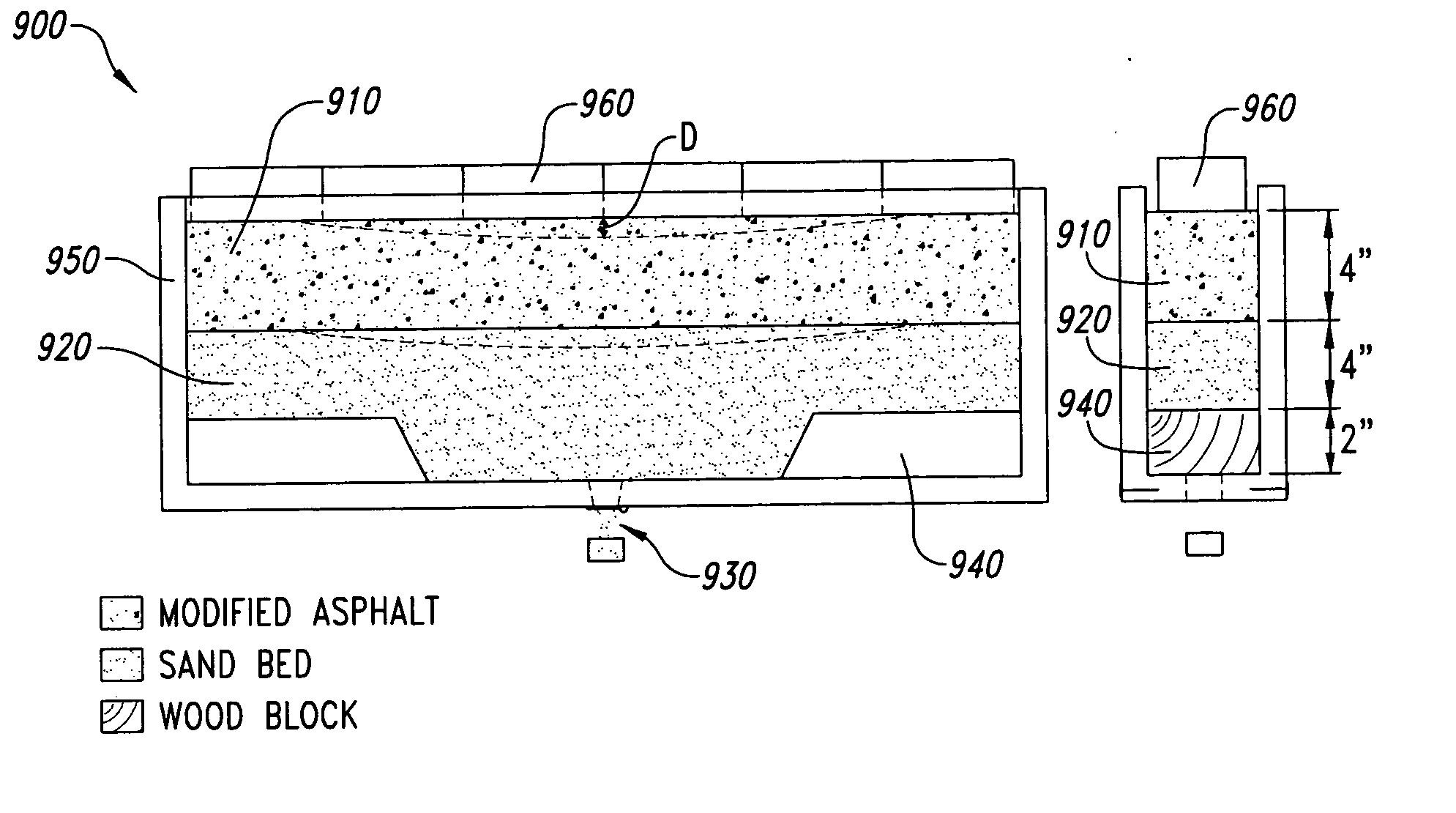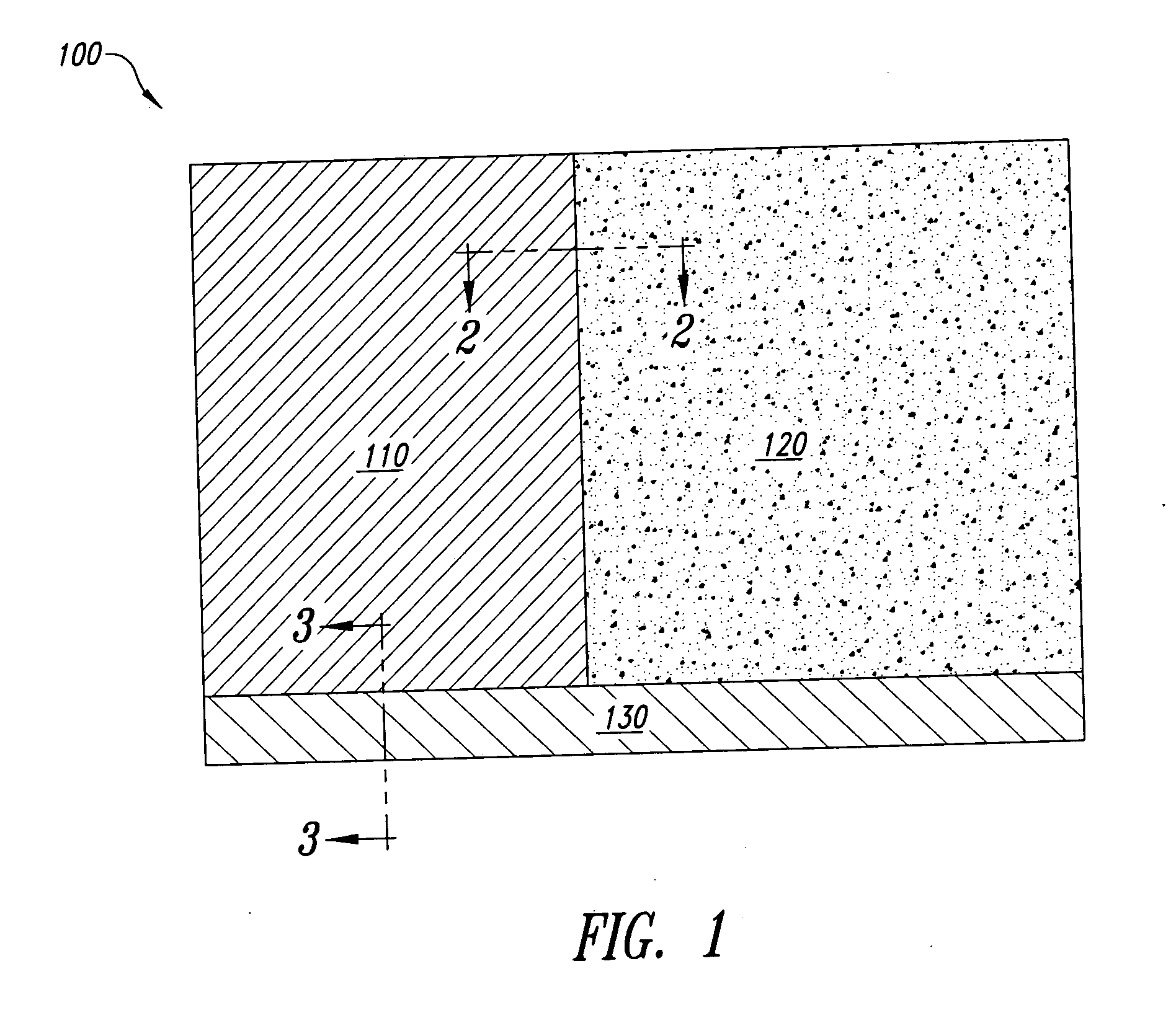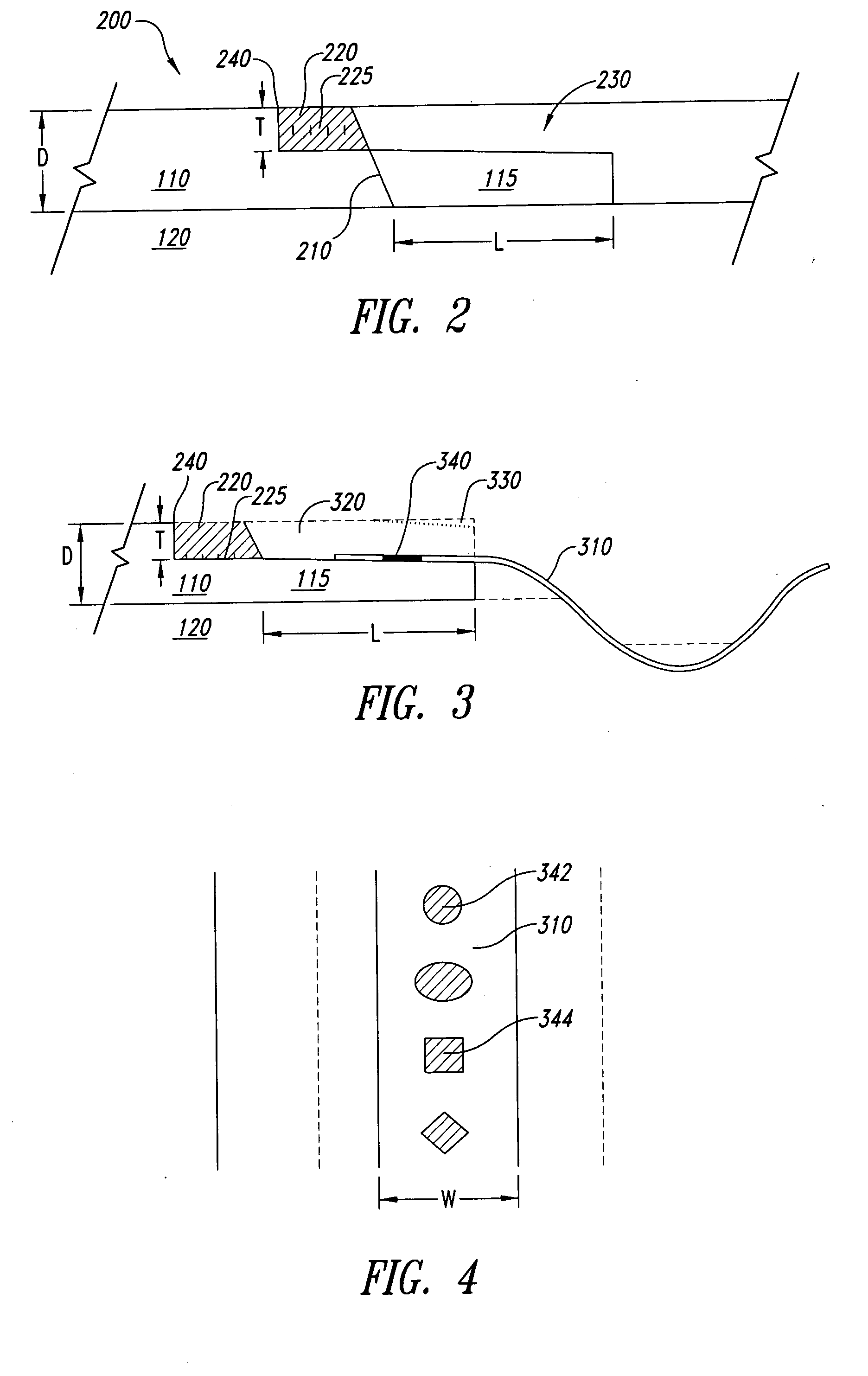Method and system for containment, such as a containment cap for solid waste constructed of modified asphalt
a technology of containment and solid waste, which is applied in the field of containment and environmental applications, can solve the problems of high volume reduction, ineffective barrier layer composed of clay and geomembrane under subtitle c, and high cost and construction difficulty, and achieves the effects of reducing cost, reducing volume, and reducing volum
- Summary
- Abstract
- Description
- Claims
- Application Information
AI Technical Summary
Benefits of technology
Problems solved by technology
Method used
Image
Examples
Embodiment Construction
[0030] The present invention is directed to a waste or environmental containment system to contain hazardous wastes at RCRA and Superfund sites, landfills, brownfields, spills and industrial sites. The system includes modified asphalt specifically designed for containment, and a system of installation that provides a seamless cap over the area to be contained. The modified asphalt contains high quality, specifically sized mineral aggregate and a highly modified binder using additives beneficial to environmental applications. Under aspects of the invention, the specifically designed modified asphalt mixture has a permeability coefficient less than 1×10−7 cm / sec and an air void content less than 3 percent. Under another aspect of the invention, cold and hot joint designs provide a seamless containment cap.
[0031] The modified asphalt of the present invention has met EPA guidelines for use in waste containment applications. The permeabilities, flexural properties, load capacity, tensil...
PUM
 Login to View More
Login to View More Abstract
Description
Claims
Application Information
 Login to View More
Login to View More - R&D
- Intellectual Property
- Life Sciences
- Materials
- Tech Scout
- Unparalleled Data Quality
- Higher Quality Content
- 60% Fewer Hallucinations
Browse by: Latest US Patents, China's latest patents, Technical Efficacy Thesaurus, Application Domain, Technology Topic, Popular Technical Reports.
© 2025 PatSnap. All rights reserved.Legal|Privacy policy|Modern Slavery Act Transparency Statement|Sitemap|About US| Contact US: help@patsnap.com



